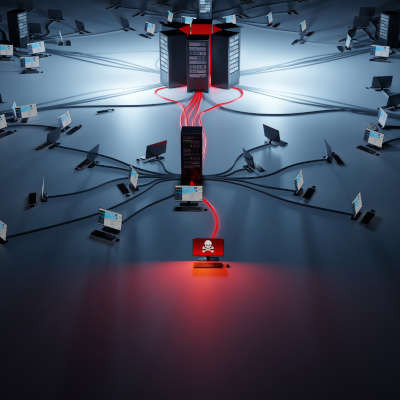BSGTech Blog
The question of whether or not you are ready to handle the many challenges presented by cybersecurity is not up for debate; if you don’t have dedicated IT resources allocated toward security, you will fail to keep your business safe when it comes to a head. Here are some ways you can keep your business secure, even when part of your infrastructure is remote.
Nobody likes the look of an email that demands immediate action, and if you have ever received an email like this, you know it’s both a hassle and a frustration when you need to drop everything that you are currently working on to address a particular situation. Thankfully, there are other ways you can manage the communication of such issues and better address them in the future.
Being productive isn’t always easy. There are a lot of things that can derail productivity, from distractions to simply discomfort. It’s important to set yourself up for success so today, we thought we’d go through some tips on how to set your workstation up so that you can improve your productivity.
Whether we like it or not, remote work is not going anywhere, and now that employees have gotten a taste of what it feels like to work remotely, more are eager to do so than ever before. Unfortunately, the reality is that employers are eventually going to want their employees to return to the office in at least some capacity. How can employers do this without upsetting employees too much? The answer lies in a hybrid work environment.
There are many challenges for businesses out there, but thanks to the GDPI 2021 survey issued by Dell, you can rest assured that you are not alone with your difficulties, whether they lie in technology management or cybersecurity. Let’s go over the survey results and figure out what they might mean for your business.
With the pandemic lingering far longer than expected, many workplaces have adjusted their operational strategies to accommodate both in-person and remote work. Some companies that did not see remote work as a viable option before have now made it central to their operations, including onboarding. With new employees joining these businesses, some in a remote capacity for the first time, we thought we would go over some strategies that can help them stay productive throughout the workday.
While many companies have been able to adapt to the remote policies forced upon them by the COVID-19 pandemic, there are many others who have struggled with this adoption. Thankfully, remote technology which enables these practices has never been easier to manage or more accessible. Let’s discuss some of the policies you can implement to make sure that remote technology helps more than it hinders your operations.
Employees all over the world got their first taste of remote work throughout the pandemic, and ever since there has been some controversy between employees and their employers who want them to return to the office for a traditional workday. A new survey showcases that half of employees would rather quit than deal with an employer who insists on in-person work in the office environment.
Thanks to the circumstances surrounding the past few years, the hybrid workplace is something that has grown in popularity and value. The benefits and flexibility of working remotely has become much more pronounced for both employees and employers, and it seems like the hybrid workplace is not going anywhere. All that said, there are still hurdles to overcome, so let’s find out what they are and how to overcome them.
When so many shifted over to remote operations during the pandemic, it threw a sizable number of them for a loop. It has taken about a year for the shift to settle in, in fact, and so people everywhere are finally starting to feel the impacts of prolonged remote work. One considerable impact: the fatigue that the digital communications required have brought about, and how overwhelmed your team may feel as a result.
With so many companies pivoting to remote operations this year, strategies to keep your data and infrastructure secure have had to pivot as well. Today, we’ll go through some important variables that you need to address to maintain a secure and reliable computing environment when you are supporting a remote workforce.
With schools now in full swing, some places are still forcing parents into the unenviable position of having to play educator as well as having to work full-time. This has caused a lot of stress for a lot of people. As the pandemic keeps people from congregating in numbers, school administrators will most likely err on the side of caution to attempt to keep COVID-19 from ravaging homes the way it has since March. Parents--some of whom are still working from home--need help if they can’t count on schools to be open for business as usual. Today, we’ll outline a few tips that people could benefit from if they are asked to work or go to school from their home.
While it is very, very hard to say that much good has come from the COVID-19 pandemic, much less to make light of it, it is an important exercise for all of us to take. That’s why we wanted to take a few moments to reflect on the advancements—including an objectively silly one—that this time has helped foster.
Remote collaboration has now become a necessity for the workforce to continue their productivity, so many businesses have adopted the modern pinnacle: video conferencing. With this widespread adoption, widespread eccentricities have also arisen. Let’s take a deep dive into one of the most noticed eccentricities that have come about: waving goodbye at the end of a video conference.
For many, the Coronavirus has kept them from their workplaces and offices as a precautionary measure to help limit the spread of infection. This has given many the opportunity to work from home for the time being, which can be just as effective as working in the traditional office. Here, we’ve put some tips together to help you make the most of remote work strategies.



















